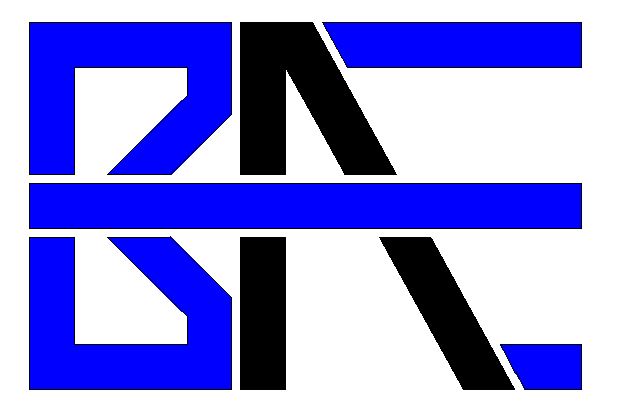Our Services
Site Inspection and Testing
BAE’s engineers develop inspection and testing
programs tailored to specific structural assets in various exposure conditions
to provide information required for structural and durability assessment. The assets may be in various exposure
conditions such as marine, industrial, sewerage, atmosphere, mining, including inground
and abrasive. The asset types may be the
bridges, tunnels, wharfs, jetties, seawalls, tanks, pipelines, road furniture,
pavement, buildings, process plants, waste treatment, signage, retaining walls
and theatres.
BAE has an advanced range of inspection and
testing equipment and our experienced engineers and technicians have developed
detailed procedures in radar, ultrasonic, eddy current, chemical analysis and
related analysis techniques. We have the
technical support from international experts and have applied various
non-destructive testing (NDT) techniques in challenging conditions.
Testing includes, Ground Penetration Radar (GPR)
scanning is used to identify cover/layout of reinforcement/embedment to determine
the thickness of concrete elements and the service lines in the ground. The cover meter can be also used to determine
rebar depth and locations. Further to this we have mapped corrosion across
entire concrete bridge decks as well as sub-bottom profiling (bathymetry) or
sediment in watercourses. The ultra-sonic assessments include Impact Echo used
to identify defects (cracks/joints, voids and honeycombs) in concrete and determine
the geometric configuration of elements. Other ultra-sonic testing includes UPV
(ultrasonic pulse velocity), SEIR (sonic echo impulse response, SR (slab
response), PS (parallel seismic), SASW (spectral analysis of surface waves).
All these methodologies have unique and useful applications in allowing for an
insight into the internal confines of structural elements.
Concrete strength may be determined vis UCS
(unconfined compression strength) or non-destructively with a rebound hammer (Schmidt
hammer). There are a range of assessment methodologies and we prefer to
undertake a crush test (UCS) to calibrate the rebound hammer and then test
widely using the non-destructive technique. This may be quickly and effectively
applied over a wide area cost effectively.
BAE will also undertake corrosion surveys using
various electrochemical devices which measure resistivity, potentials,
polarization resistance of reinforcement.
Concrete abrasion depth, using the dressing
wheels method, have been used to tested and assess concrete ability to
resistance to abrasion and surface wear.
Destructive testing is necessary in some cases during
inspection, although we prefer to minimise the disruption. For example, obtaining and crushing core
samples from the structure and the removal of concrete samples to allow for
chemical analysis as to the ingress of corrosive contamination. The UCS core-crushing
is undertaken in a NATA credited lab can be organized and handled by our
project team to ensure accurate results.
Other tests such as pull-off tensile testing on coating, render, overlays
and repair mortar can be also performed.
For concrete structures exposed to a chloride
laden environment, the corrosion of reinforcement and consequent damage to concrete
is a major deterioration mechanism. The determination of the time to corrosion
initiation is a primary part of service life analysis, BAE engineers have
developed new generation mathematical models and used them in numerous
condition/durability assessment projects.
The chloride concentration profiles can be
measured on drilled/cored samples at incremental depths from surface. These chloride profiles can be matched with
the calculated curves using the chloride models and the selected input
parameters such as chloride diffusivity, exposure time, age factor, surface
chloride concentration and build-up rate.
This allows for the determination as to the assessed time to initiation
of corrosion of the reinforcement.
The probability of reinforcement corrosion initiating
and propagating at various times and rates can be determined with known key
input parameters. The sulphate
concentration profiles in concrete exposed sulphate environment can be measured
to similarly determine whether sulphate attack on concrete has or will occur.
Carbonation ingress measurements on cores or
drill holes can be determined by spraying a carbonation indicator made of phenolphthalein solution in
water and alcohol. The depth of
carbonation ingress at the testing age can be used to predict carbonation depth
at future periods in time using our leading modelling technique. This can be used to determine whether reinforcing
bars have corroded or when corrosion may initiate. The depth of acid attack and surface erosion
may be determined in a similar manner using the phenolphthalein
indicator.
Our engineers have conducted monitoring on
deformation or strain of concrete elements using vibrating wire crack gauges
and data logging system. We have
monitored the deformation of stress bars in rock anchors under cyclic and
incremental loading condition on major projects and cyclic movement of bridge
beams with changes in ambient temperatures.
We can provide
verification of inspection and investigation projects and issue Form 16
(Inspection Certificate) according to Queensland Building Act.

